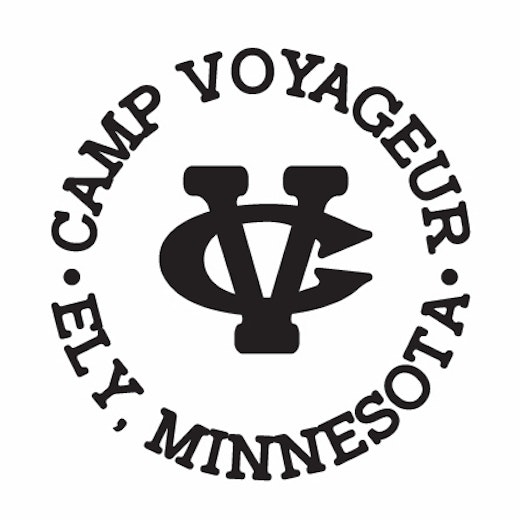
The fur trade in the Great Lakes region of North America represents a pivotal chapter in the continent’s history, occurring over more than a century and profoundly shaping the economic, social, and cultural landscapes of the region. Its origins can be traced back to the early interactions between European explorers and indigenous peoples inhabiting the vast territories surrounding the Great Lakes. European nations, particularly the French and later the British, recognized the immense value of the fur-bearing animals–particularly the beaver–native to the region, sparking a fervent competition to establish trade relations and exploit this lucrative resource.
French explorers, missionaries, and traders, supported by alliances with indigenous nations such as the Huron and Algonquian-speaking groups, ventured deep into the interior, establishing a network of trading posts and forts. These outposts, strategically positioned along major waterways and trade routes, served as vital conduits for the exchange of furs, European goods, and indigenous commodities. Forts such as Michilimackinac and Detroit emerged as bustling centers of commerce and diplomacy, where indigenous peoples and European traders converged to negotiate trade agreements, forge alliances, and navigate the intricate politics of the fur trade.
The fur trade thrived on a symbiotic relationship between European traders and indigenous intermediaries. Indigenous peoples, possessing intimate knowledge of local terrain and wildlife, played indispensable roles as guides, hunters, and suppliers of furs. In exchange for their valuable contributions, they received coveted European goods such as firearms, metal tools, textiles, and alcohol. This exchange not only transformed material cultures but also fostered cultural exchange and adaptation, the indigenous communities integrated new technologies and commodities into their societies while retaining many aspects of their traditional lifeways.

With the British ascendancy in the region following the Treaty of Paris in 1763, control of the fur trade shifted to British hands. British fur trading companies, most notably the Hudson Bay Company and the North West Company, expanded their operations into the Great Lakes region, competing fiercely for dominance in the fur trade. This era witnessed intense rivalries, marked by the establishment of rival trading posts, the recruitment of indigenous allies, and the exploration of new fur-rich territories. The competition between these companies spurred innovation in transportation, including the development of the iconic birchbark canoe and the recruitment of skilled voyageurs to navigate the region’s intricate waterways.
A relationship with the indigenous people was helpful to the voyageurs who navigated the interior waterways. The indigenous people played many roles. They assisted the voyageurs and others, and they were consumers in the fur trade of the Western Great Lakes region. The relationships were complex (sometimes a friend and sometimes a foe) and multifaceted and deeply influenced the dynamics of trade, social structures, and cultural exchange during the fur trade era.
Despite its eventual decline in the 19th century, as fur resources became depleted and economic interests shifted towards other industries, the legacy of the fur trade endures in the Great Lakes region. It left an indelible imprint on the landscape, reflected in the names of towns and landmarks, the cultural practices of indigenous communities, and the enduring presence of Métis descendants whose heritage reflects the intercultural encounters of the fur trade era. Moreover, the fur trade’s legacy is enshrined in the collective memory of the region, commemorated through museums, historical sites, and cultural traditions that continue to celebrate its rich and complex history. The fur trade in the Great Lakes region stands as a testament to the intricate interplay of cultures, economies, and environments that shaped the course of North American history.
I’ve spent 10 summers navigating the Boundary Waters, traversing portage trails, and resting under the same stars as the French voyageurs and indigenous peoples once did. Often, as I labor over portages, I ponder voyageurs’ remarkable strength, questioning whether they truly bore the weight of two or three 90-pound packs. Much like the voyageurs of old we setup camp on points, islands, or bays. The easiest route over land between two lakes has been that way since the Ice Age, hence the worn web of portages in wilderness lake country. While we no longer sleep beneath our canoes, on clear nights we fall asleep watching the stars from inside our tents.
Today, tourism has supplanted the fur trade. Canoeists travel the same routes as the voyageurs, crossing lakes such as Lac La Croix, Basswood, and Saganaga. These border lakes and rivers, once vital arteries of trade, now beckon adventurers seeking solace in the wilderness. In every stroke of the paddle and every step along the portage, the spirit of those who came before us lives on. Their legacy, woven into the fabric of this land, guides and inspires all who venture into the heart of the Boundary Waters.
By: Harrison Pratt, 2nd generation Voyageur camper and counselor, pictured below in 2015.








